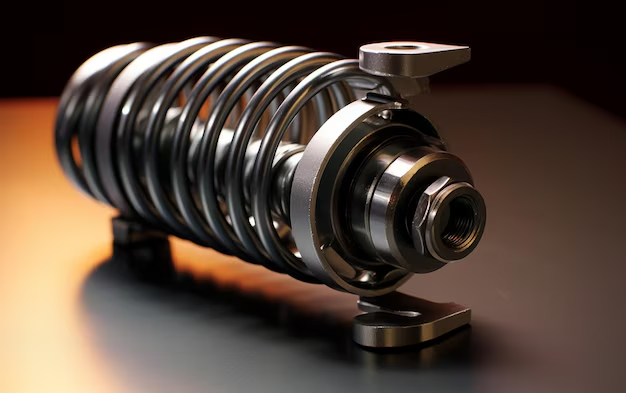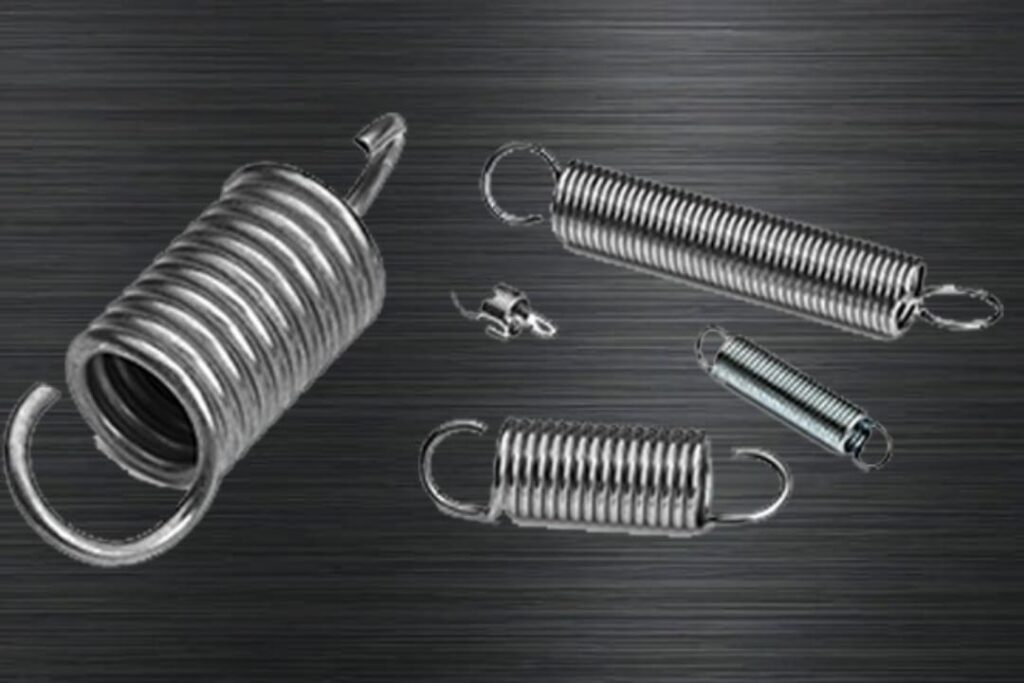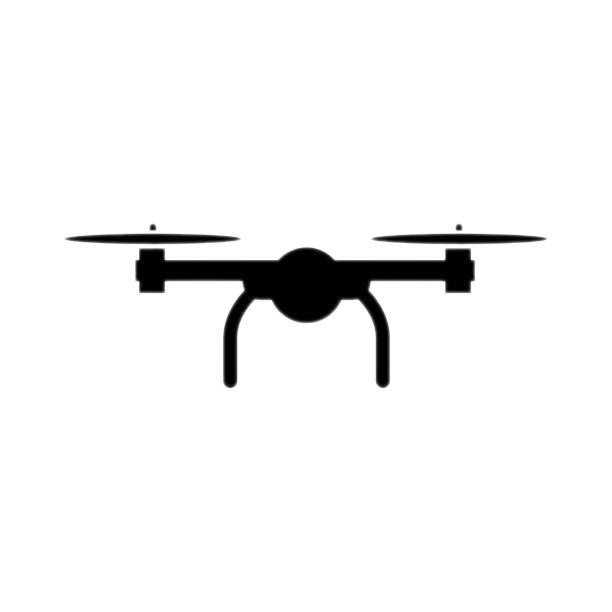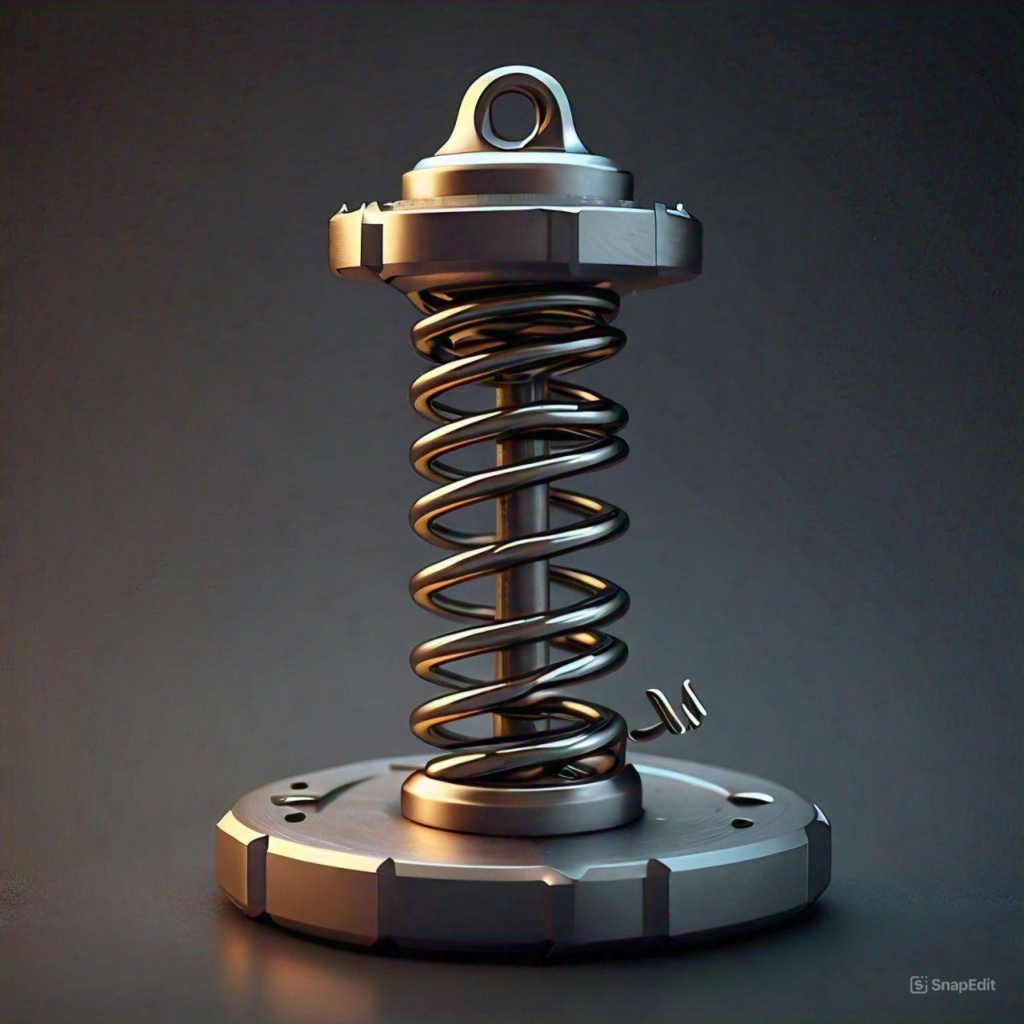Defence
Home >> Defence
Defence springs are critical components in various military and security applications. These specialized springs serve an essential function by ensuring the optimal performance of machinery, weapons, and other defence systems. In this guide, we delve deep into the applications of defense springs, highlighting their importance, the types available, and how they contribute to mission success.
Defence springs are high-tensile springs engineered to meet the rigorous demands of military and defence operations. Unlike conventional springs, defence springs are designed to withstand extreme environments, such as intense heat, pressure, and mechanical stress. Their durability and reliability make them indispensable in modern defence technology.
Defence springs are an integral part of modern military technology, providing critical functionality across a wide range of applications. From firearms and vehicles to missiles and communication systems, these springs ensure the reliability and precision necessary for mission success. Their durability, customizability, and ability to perform under extreme conditions make them a cornerstone of defence engineering.
Types of Defence Springs

Compression Springs
Compression springs are used in systems where energy absorption is critical. These springs compress under load, storing potential energy that can later be released when the load is removed. They are commonly found in weapons systems, shock absorbers, and military vehicles.

Torsion Springs
Torsion springs work by twisting rather than compressing. They store rotational energy and are used in applications requiring a return force, such as missile control systems and bomb release mechanisms.

Tension Springs
Tension springs are designed to absorb and store energy by extending under tension. These springs are commonly found in parachute deployment systems and defence machinery that require tensioning force to operate effectively.
Applications of Springs In Defence

Weapons and Firearms
Defence springs play a crucial role in the function of modern firearms and heavy weaponry. For example, recoil springs in firearms are responsible for absorbing the shock of a fired bullet and resetting the action for the next shot. Similarly, torsion and compression springs are used in the mechanisms of artillery systems, tanks, and missile launchers. These springs help manage the immense.

Military Vehicles
Whether it’s a tank, an armored personnel carrier, or an all-terrain vehicle, defence springs are critical for suspension systems and vibration dampening. Compression and constant force springs are used to absorb shocks from rough terrain, ensuring that military vehicles can operate efficiently even in hostile environments. Springs are also used in door systems, loading mechanisms.

Aircraft and Drones
The aerospace sector heavily relies on defence springs for numerous applications. Landing gear systems, for instance, use compression and torsion springs to absorb the impact of landing and to retract and deploy landing gear with precision. In military drones, springs assist in stabilization systems, ensuring accurate positioning and smooth operation during flight missions.

Parachutes & Survival Gear
Springs are essential in various deployment systems used in military parachutes, ensuring timely and reliable chute openings. These systems use extension springs to maintain the necessary tension to deploy parachutes quickly and effectively.Additionally, defence springs find use in survival kits and field gear, where compact and efficient mechanisms are needed for fast deployment.

Missiles and Rocketry
The launching systems of missiles and rockets heavily rely on springs for control and safety. Torsion and compression springs are often found in the guidance systems, ensuring that the missile maintains its trajectory and that the control surfaces operate correctly. Springs also help in payload release mechanisms, providing the precision required to ensure that the payload is delivered accurately to the target.

Radar Systems
Defence springs play a vital role in the reliable operation of communication systems and radar installations. These systems often operate in harsh environmental conditions, such as extreme temperatures and mechanical stresses. Constant force springs are particularly useful here, as they provide consistent force in antenna deployment and satellite communication systems, ensuring uninterrupted signal.

